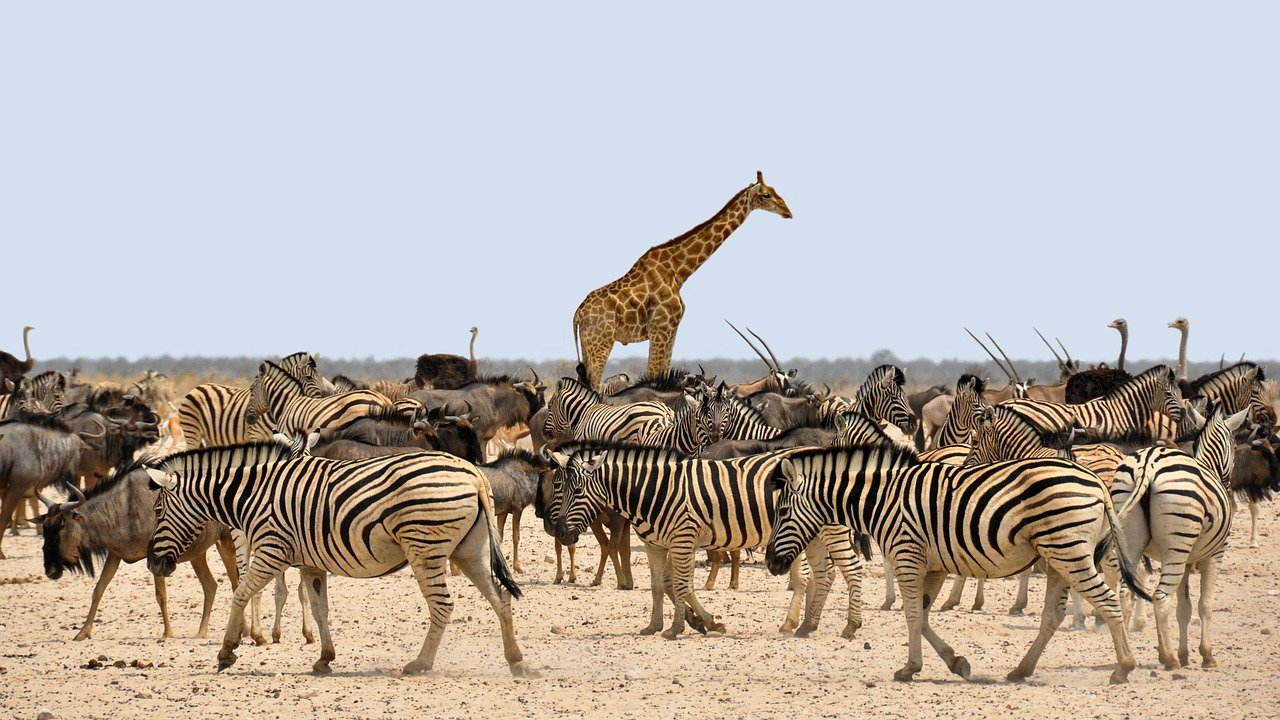
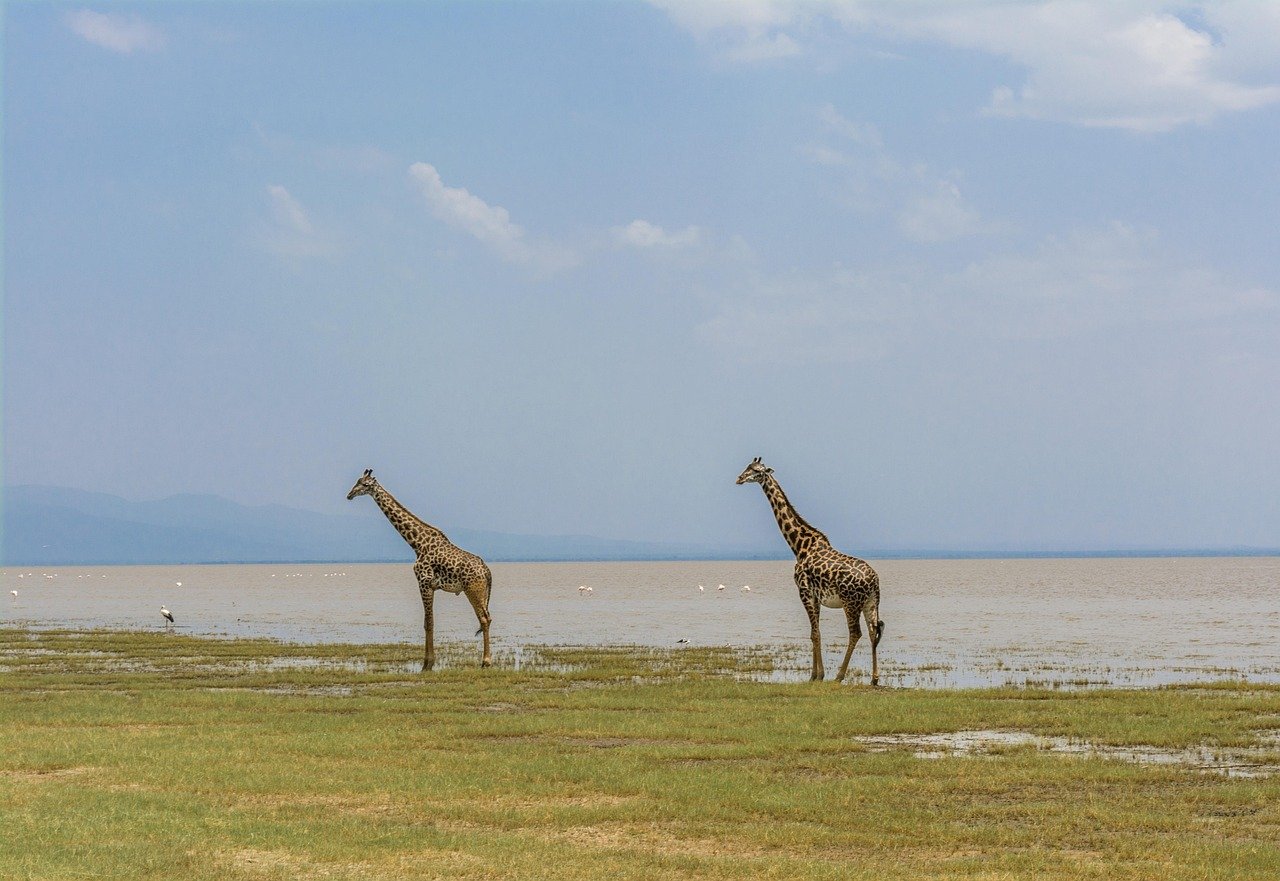
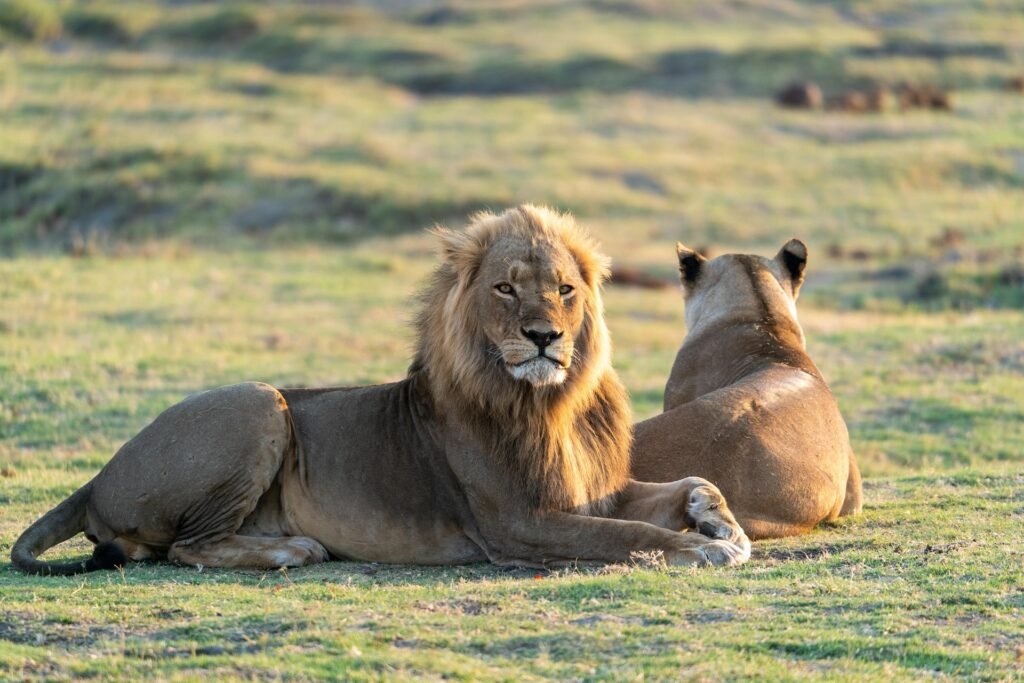
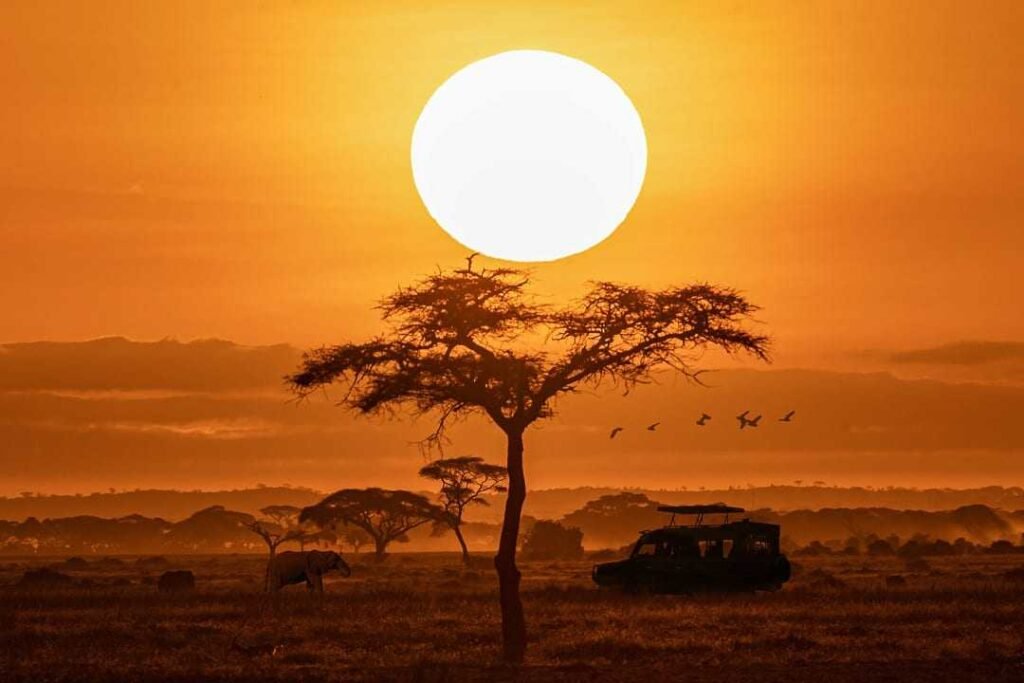
Tanzania is one of the world’s premier safari destinations, offering breathtaking landscapes, unparalleled wildlife experiences, and a variety of national parks that cater to all kinds of travelers. But what should you expect when embarking on a safari in Tanzania? And how can you plan the best trip to make the most of your adventure?
In this detailed guide, we’ll walk you through everything you need to know, from the top safari destinations to accommodation options and booking recommendations. Whether you’re a first-time traveler or a seasoned safari-goer, this guide will help you prepare for an unforgettable journey into the wild.
The Northern Circuit: Tanzania’s Most Popular Safari Route
If you’re planning a safari in Tanzania, chances are you’ll be following the Northern Circuit, the most popular safari route in the country. This circuit typically starts and ends in Arusha, known as the safari capital of Tanzania, and includes four key national parks:
- Serengeti National Park
- Ngorongoro Conservation Area
- Tarangire National Park
- Lake Manyara National Park
Serengeti National Park: The Iconic Safari Destination
The Serengeti is the most famous national park in Tanzania and for good reason. In the Maasai language, “Serengeti” means “endless plains,” and true to its name, the park is a vast expanse of grassland that provides an incredible opportunity to spot wildlife. Since there are few trees and bushes, animals are often in plain sight, making it one of the best places to see predators like lions.
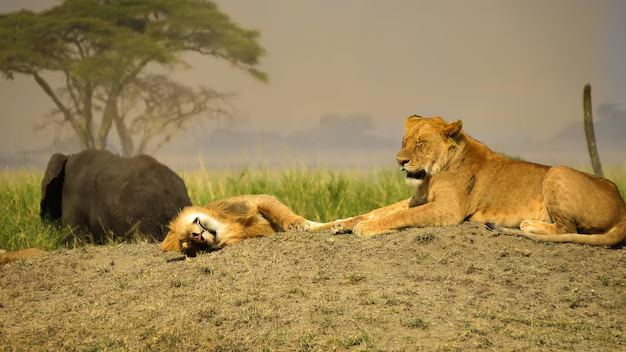
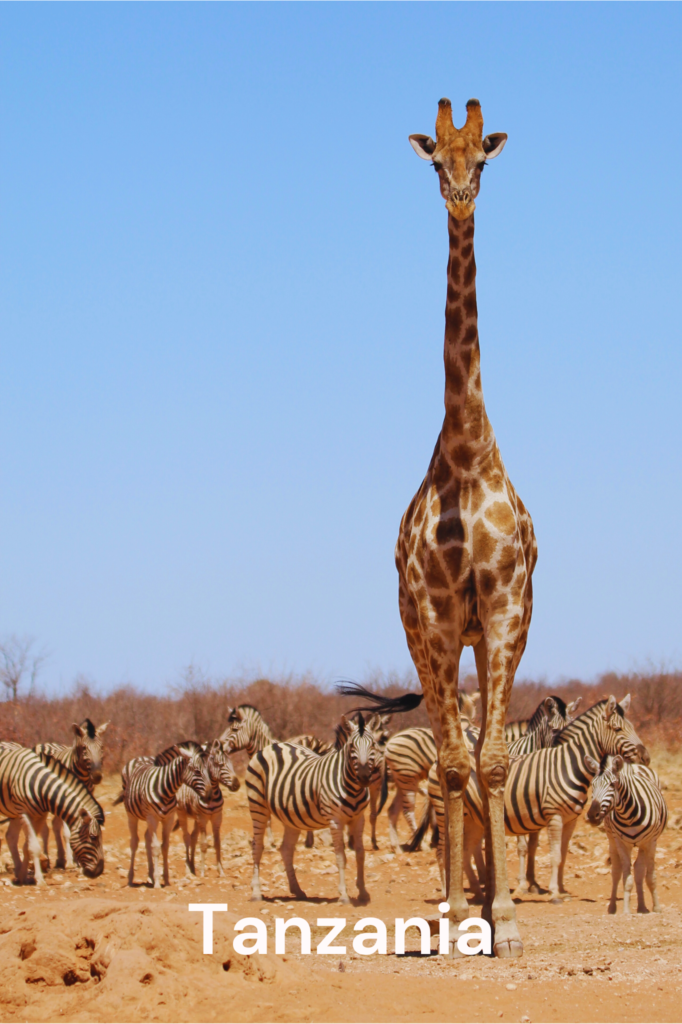
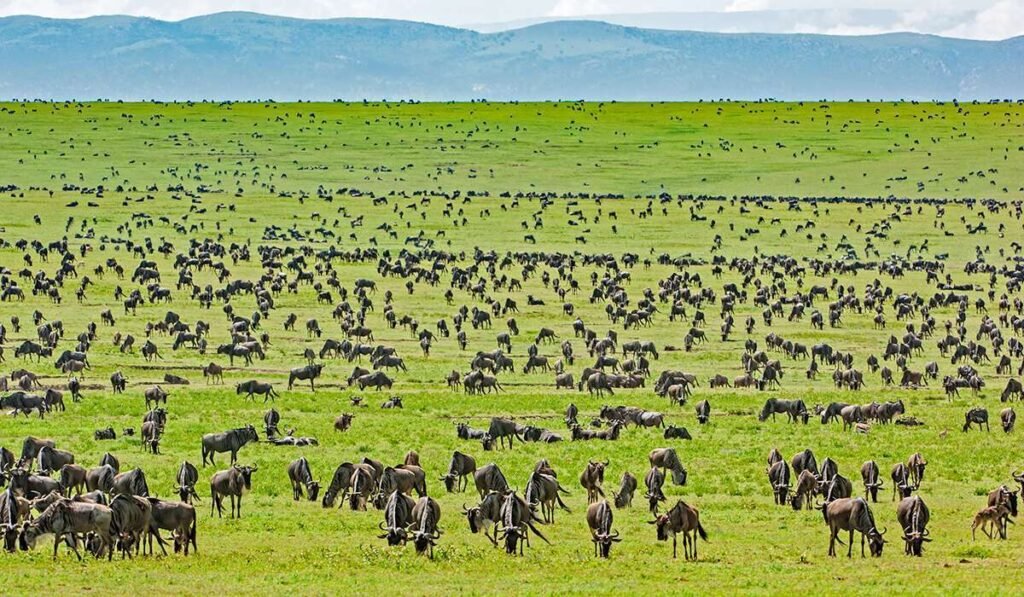
In fact, during my trip, I encountered so many lions that I lost count! If you’ve ever been on safari before, you know that big cats are usually the hardest to spot, but in the Serengeti, they are abundant and often seen lazing under the sun or stalking their prey.
Ngorongoro Crater: A Wildlife Haven
Although the Serengeti is the most famous park, my personal favorite was the Ngorongoro Conservation Area. The Ngorongoro Crater is a massive volcanic caldera spanning 22 kilometers in diameter, making it one of the most unique landscapes I have ever seen on safari.
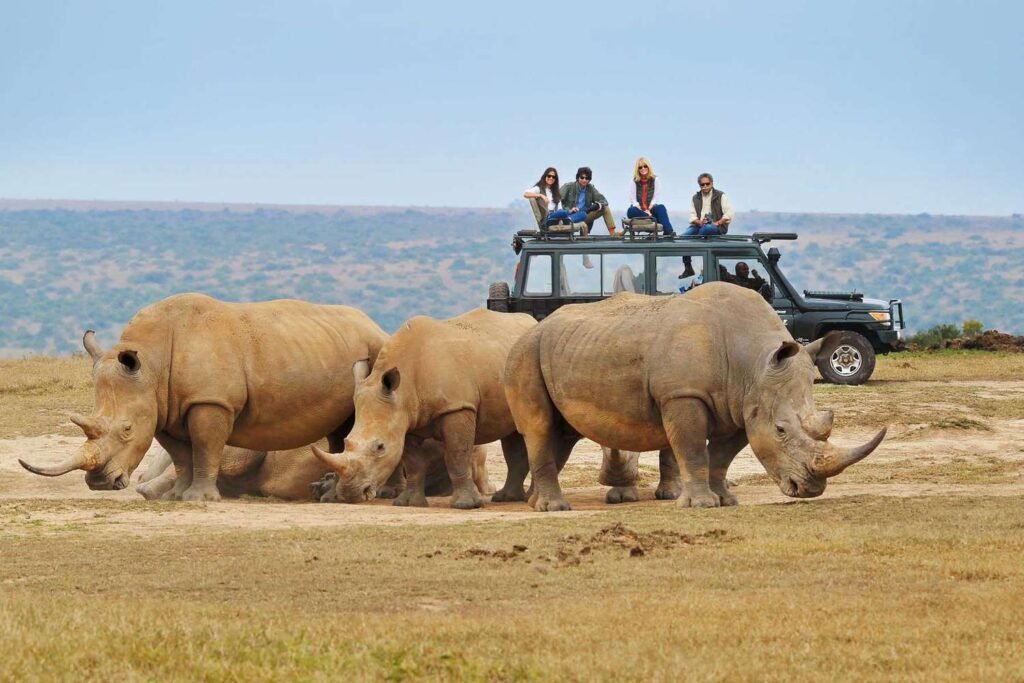
Because the crater is a contained environment, animals tend to stay within its boundaries, making it an excellent place for wildlife spotting. You’ll get up-close encounters with lions, zebras, antelopes, and gazelles, and it’s also one of the best places in Tanzania to see the rare black rhino. Unfortunately, I wasn’t lucky enough to see one, but many travelers do!
Tarangire National Park: A Hit-or-Miss Experience
The third stop on the Northern Circuit is usually Tarangire National Park. My experience in Tarangire was somewhat underwhelming—I didn’t see as many animals as I had in the Serengeti or Ngorongoro, and the landscapes weren’t as breathtaking. However, I visited during the rainy season, which likely impacted wildlife sightings.
Many other travelers have had great experiences in Tarangire, especially during the dry season when elephants gather in large herds. So while my visit didn’t quite live up to expectations, I might have just been unlucky!
Lake Manyara National Park: Should You Visit?
Lake Manyara is the only park in the Northern Circuit that I didn’t visit, but I did see it from the outside and visited the lake itself. The park has dense forests and bushes, which means that wildlife can be harder to spot compared to the open plains of the Serengeti.
Many travelers have told me they saw animals in Lake Manyara, but not as many as in other parks. Because I had a limited budget, I decided to skip this park, and I was advised that if there was one park to leave out, it should be Lake Manyara.
Beyond Safari: Exploring Other Activities in Northern Tanzania
While safaris are the main draw, Northern Tanzania has plenty of other activities to offer. Here are some experiences you shouldn’t miss:
- Visiting Mdowambu: A fascinating town where all of Tanzania’s 120 tribes meet. It’s a great place to learn about the country’s diverse cultures.
- Exploring Arusha City: Since most safaris start and end in Arusha, it’s worth taking some time to explore the city. A visit to the Mataroni Waterfalls is highly recommended!
- Walking Safari in Arusha National Park: Unlike traditional jeep safaris, Arusha National Park offers guided walking safaris, giving you a closer, more immersive wildlife experience.
Southern Tanzania: An Alternative Safari Route
If you want to explore beyond the Northern Circuit, consider heading to Southern Tanzania, which is home to two lesser-known but beautiful national parks:
- Mikumi National Park
- Nyerere National Park (formerly Selous Game Reserve)
These parks are easily accessible from Zanzibar, making them a great option for travelers who want to experience both safari and beach relaxation.
However, if you’ve already done the Northern Circuit, you probably don’t need to visit these parks unless you have extra time. But if you’re spending most of your trip in Zanzibar and just want a taste of safari, these parks are perfect.
Where to Stay on Safari: Luxury, Mid-Range, or Budget?
Once you’ve chosen your safari route, the next big decision is where to stay. Most safari bookings are all-inclusive, meaning accommodation is included in the package. The type of accommodation you choose—luxury, mid-range, or budget—will significantly impact your overall safari cost.
Luxury Safaris: The Ultimate Comfort
As the name suggests, luxury safaris include high-end lodges and resorts with top-tier amenities. If you’re looking for a comfortable, all-inclusive experience with gourmet meals, private game drives, and spa treatments, this is the way to go. However, luxury safaris can be very expensive.
Mid-Range Safaris: A Great Balance
Mid-range accommodations offer great value, often coming close to luxury quality at a significantly lower price. In countries like Tanzania and Kenya, mid-range lodges can be surprisingly luxurious while still being much more affordable than high-end options.
Budget Safaris: Camping in the Wild
If you’re comfortable staying in a tent, budget safaris are an incredible option. I personally did a camping safari in the Serengeti and Ngorongoro, and it was an unforgettable experience.
While you won’t have the luxuries of a hotel (such as charging your phone overnight or having an indoor bathroom), the experience of waking up in the middle of the Serengeti is absolutely priceless.
How Much Does a Safari Cost?
Safaris are inherently expensive, but the biggest factor in price is the accommodation you choose. The difference between a luxury and a budget camping safari can be thousands of dollars. Even between mid-range and budget options, you could save hundreds or even thousands of dollars by choosing to camp.
And here’s the best part—no matter which option you choose, you’ll still have the same safari experience. You’ll be in the same jeeps, eating the same food, and seeing the same animals. So if you’re on a budget, I highly recommend camping!
How to Book a Safari in Tanzania
There are several great platforms to book safaris in Tanzania, but two that I personally recommend are:
- Safari Bookings – A fantastic website where you can filter by price, park, and type of safari, and contact multiple operators to negotiate the best deal.
- Get Your Guide – Perfect for pre-packaged safari tours, including trips from Zanzibar to Mikumi and Nyerere National Parks with flights included.
Both of these platforms provide reliable operators and easy booking options, making it much simpler to plan your dream safari
Best Time to Go on Safari in Tanzania
One of the most important factors to consider when planning a safari in Tanzania is when to go. The time of year can have a huge impact on what animals you see, how easy they are to spot, and even the cost of your trip.
The best months for safari in Tanzania are:
- January and February – A great time to visit, as the dry season makes wildlife easier to spot.
- June, July, and August – These months are especially ideal if you want to witness the Great Migration in the Serengeti.
During these dry months, the grass is lower, animals gather near water sources, and sightings tend to be much better.
That said, traveling during the rainy season (March to May and November) also has its advantages. The landscape is lush and green, and you can still see plenty of wildlife, especially in Serengeti and Ngorongoro. Additionally, since it’s the low tourist season, prices tend to be lower, making it a great option for budget-conscious travelers.
I personally traveled to Tanzania at the end of May and the beginning of June, and it was perfect—except for Tarangire National Park, where I barely saw any animals. If you’re traveling during the rainy season, you might want to skip Tarangire.
Witnessing the Great Migration in the Serengeti
One of the most spectacular wildlife events in the world, the Great Migration, takes place in Tanzania. This is the mass movement of wildebeests, zebras, and antelopes from the Serengeti in Tanzania to the Maasai Mara in Kenya.
The most dramatic part of this migration is the river crossing, where thousands of animals brave the crocodile-infested waters in their journey north.
The best time to see the Great Migration in the Serengeti is June and July. However, it’s important to note that the exact timing of the migration varies each year. When I was in Tanzania in late May, I already saw thousands of zebras and wildebeests grouping together, preparing to move north.
If witnessing the Great Migration is high on your bucket list, plan your safari around June or July for the best chance to see it in action!
Solo Travel and Joining Group Safaris
If you’re traveling solo, I highly recommend booking a joining safari instead of a private one.
- Private safaris are great for couples or large groups, but they are much more expensive.
- Joining safaris allow you to share the experience with fellow travelers, split costs, and meet new people.
During my safari, I met a solo traveler from Canada, two travelers from China, and two Irish girl who were camping with me. It was an amazing experience, and I highly recommend joining safaris for solo travelers.
Long Driving Distances Between National Parks
One thing many travelers don’t realize is how much driving is involved in a safari.
Northern Tanzania is vast, and you’ll spend a significant amount of time driving between national parks. While you’ll be doing game drives inside the parks each day, there are also long travel days when you’ll be on the road without seeing many animals.
Driving from Arusha to Serengeti: A Long Journey
- The drive from Arusha to the Serengeti takes about 10–12 hours.
- The road is not paved beyond Ngorongoro, so vehicles have to move slowly over rough terrain.
- If you’re on a camping safari, setting up and packing tents can make the journey even longer.
For those who don’t want to spend that much time on the road, there is an option to fly to the Serengeti. Small planes operate flights to various airstrips within the national parks, but these flights are expensive and mainly suited for travelers with a high budget.
Alternative Safari Experiences: Beyond the Classic Jeep Safari
While jeep safaris are the most common way to explore Tanzania’s national parks, there are several other types of safaris available:
- Walking Safaris – A more immersive experience where you explore the wilderness on foot, accompanied by an armed ranger.
- Horseback Safaris – Available for experienced riders, these safaris allow you to ride through the savannah. However, they are extremely expensive and not commonly offered.
- Hot Air Balloon Safaris – A breathtaking way to see the Serengeti from above, especially during the Great Migration.
If you want to learn more about the different types of safaris, I have a detailed video on the subject, which I’ll link in the description.
Final Thoughts: Planning Your Dream Safari in Tanzania
Tanzania is an incredible safari destination with something for everyone—whether you’re looking for a luxury experience, a budget-friendly adventure, or a once-in-a-lifetime wildlife encounter.
Here are my final tips for planning your trip:
- Choose the right time to visit – Dry season (January-February, June-August) is best for wildlife viewing; wet season (March-May, November) is best for budget travel and lush landscapes.
- Decide on your budget – Luxury safaris offer comfort, but budget safaris provide the same wildlife experience for much less.
- Be prepared for long drives – Traveling between parks can take hours, so pack accordingly.
- Join a group safari if traveling solo – It’s more affordable and a great way to meet new people.
- Consider booking with Safari Bookings or Get Your Guide – Both platforms offer a range of options to customize your safari experience.
Tanzania has truly stolen my heart, and I hope this guide helps you plan the perfect safari adventure. If you found this helpful and plan safari please Contact me.
.
